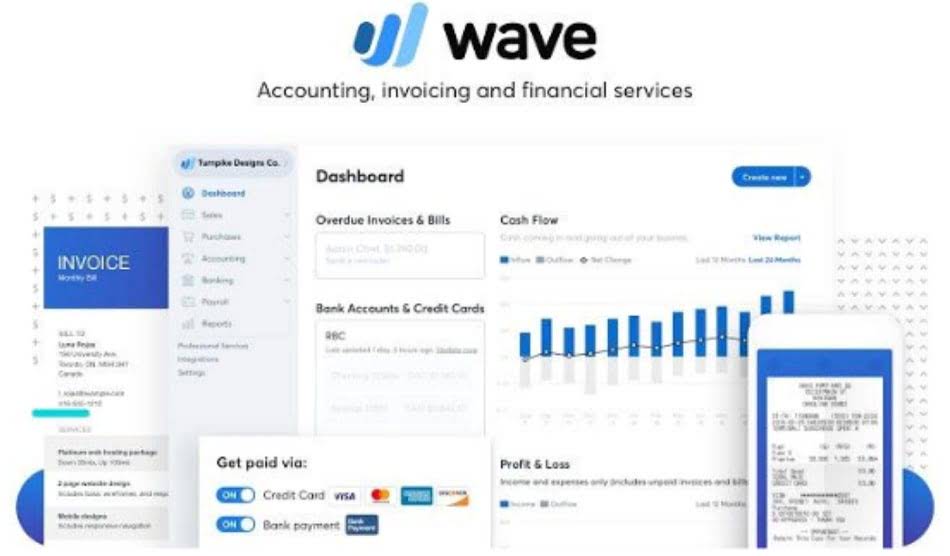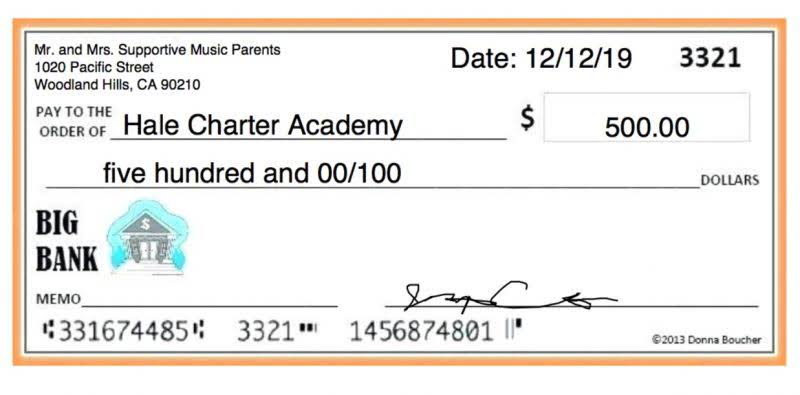In 2022, the product generated $1 billion in revenue, with 20 million units sold, alongside $400 million in variable costs. The resulting ratio compares the contribution margin per unit to the selling price of each unit to understand the specific costs of a particular product. To calculate the contribution margin, we must deduct the variable cost per unit from the price per unit. Knowing how to calculate the contribution margin is an invaluable skill for managers, as using it allows for the easy computation of break-evens and target income sales.
What is a contribution margin ratio?
Contribution margin may also be expressed as a ratio, showing the percentage of sales that is available to pay fixed costs. When a company is deciding on the price of selling a product, contribution margin is frequently used as a reference for analysis. Fixed costs are usually large – therefore, the contribution margin must be high to cover the costs of operating a business. To calculate contribution margin (CM) by product, calculate it for each product on a per-unit basis. After you’ve completed the unit contribution margin calculation, you can also determine the contribution margin by product in total dollars. Profit margin is calculated using all expenses that directly go into producing the product.
Results Generated
You can show the contribution margin ratio as CM relative to sales revenue. And you can also compute the variable expense ratio, which is the percentage of variable expenses divided by sales. The overall contribution margin is computed using total sales and service revenue minus total variable costs. Using this contribution margin format makes it easy to see the impact of changing sales volume on operating income.
How do you calculate contribution margin ratio?
Managers monitor a company’s sales volume to track whether it is sufficient to cover, and hopefully exceed, fixed costs for a period, such as a month. Contribution margin is the dollar sales amount available to apply (contribute) toward paying fixed costs during the period. In addition, whatever is left over after all fixed costs have been covered is profit, so contribution margin also contributes to profit—specifically, what we call operating income. Fixed costs are expenses incurred that do not fluctuate when there are changes in the production volume or services produced. These are costs that are independent of the business operations and which cannot be avoided. In determining the price and level of production, fixed costs are used in break-even analysis to ensure profitability.
Does the Contribution Margin Calculation include Services Revenue?
A low ratio indicates that you may be spending more than you earn, leaving you with no money for savings. The following are the disadvantages of the contribution margin analysis. The electricity expenses of using ovens for baking a packet of bread turns out to be $1. Paul Boyce is an economics editor with over 10 years experience in the industry. Currently working as a consultant within the financial services sector, Paul is the CEO and chief editor of BoyceWire.
In the next part, we must calculate the variable cost per unit, which we’ll determine by dividing the total number of products sold by the total variable costs incurred. The contribution margin ratio (CMR) is a financial ratio that measures the proportion of revenue available to cover fixed costs and contribute to profit. In the Dobson Books Company example, the total variable costs of selling $200,000 worth of books were $80,000. Remember, the per-unit variable cost of producing a single unit of your product in a particular production schedule remains constant. The contribution margin ratio, often abbreviated as “CM ratio”, expresses the residual profits generated from each unit of product sold, once all variable costs are subtracted from product revenue.
- Similarly, we can then calculate the variable cost per unit by dividing the total variable costs by the number of products sold.
- Assume that League Recreation, Inc, a sports equipment manufacturing company, has total annual sales and service revenue of $2,680,000 for all of its sports products.
- The following are the steps to calculate the contribution margin for your business.
- Cost accountants, financial analysts, and the company’s management team should use the contribution margin formula.
- It can be calculated on a per-unit basis, or as a ratio, often expressed as a percentage.
This, in turn, can help people make better decisions regarding product & service pricing, product lines, and sales commissions or bonuses. Contribution margin ratio equals contribution margin per unit as a percentage of price or total contribution margin TCM expressed as a percentage of sales S. Thus, the contribution margin ratio expresses the relationship between the change in your sales volume and profit. So, it is an important financial ratio to examine the effectiveness of your business operations.
To figure this out, divide the cost of goods sold for each product by its selling price. For example, if a product costs you $10 to make and you charge $12, your contribution margin is 25%. This is because the contribution margin ratio lets you know the proportion of profit that your business generates at a given level of output. Therefore, it is not advised to continue selling your product if your contribution margin ratio is too low or negative. This is because it would be quite challenging for your business to earn profits over the long-term.
CM is used to measure product profitability, set selling prices, decide whether to introduce a new product, discontinue selling a product, or accept potential customer orders with non-standard pricing. The variable costs to produce the baseball include direct raw materials, direct labor, and other direct production costs that vary with volume. The following formula shows how to calculate contribution margin ratio. The contribution margin ratio (CMR) expresses the contribution margin as a percentage of revenues.
Dobson Books Company sells textbook sets to primary and high schools. In the past year, he sold $200,000 worth of textbook sets that had a total variable cost of $80,000. Thus, Dobson Books Company suffered a loss of $30,000 during the previous year. Furthermore, a higher contribution margin ratio means higher profits. This means that you can reduce your selling price to $12 and still cover your fixed and variable costs. That is, fixed costs remain unaffected even if there is no production during a particular period.
If not, the firm cannot produce that product or not enter that market segment. Weighted average contribution margin per unit equals the sum of contribution margins of all products divided by total units. Weighted average contribution margin ratio equals the sum of contribution margins of all products divided by total sales.
Alternatively, it can also be calculated by multiplying the Contribution Margin Per Unit by the total quantity of units sold. The contribution margin is calculated at both the unit level and the overall level. At first glance, you might consider dropping the dolphin line, which sold the fewest units last month. Think twice, though, since the dolphin has the highest unit contribution margin. The best contribution margin is 100%, so the closer the contribution margin is to 100%, the better. The higher the number, the better a company is at covering its overhead costs with money on hand.
It can be calculated on a per-unit basis, or as a ratio, often expressed as a percentage. By multiplying the total actual or forecast sales volume in units for the baseball product, you can calculate sales revenue, variable costs, and contribution margin in dollars for the product in dollars. Selling price per unit times number of units sold for Product A equals total product revenue. This demonstrates that, for every Cardinal model they sell, they will have \(\$60\) to contribute toward covering fixed costs and, if there is any left, toward profit. To understand how profitable a business is, many leaders look at profit margin, which measures the total amount by which revenue from sales exceeds costs. To calculate this figure, you start by looking at a traditional income statement and recategorizing all costs as fixed or variable.
Thus, the concept of contribution margin is used to determine the minimum price at which you should sell your goods or services to cover its costs. Now, this situation can change when your level of production xero soft community increases. As mentioned above, the per unit variable cost decreases with the increase in the level of production. Direct Costs are the costs that can be directly identified or allocated to your products.
Enter the selling price per unit, variable cost per unit, and the total number of units sold into the contribution margin calculator. The calculator will display the contribution margin amount and ratio in percentage. Once you have calculated the total variable cost, the next step is to calculate the contribution margin.
In other words, contribution margin per unit is the amount of money that each unit of your product generates to pay for the fixed cost. Accordingly, the contribution margin per unit formula is calculated by deducting the per unit variable cost of your product from its per unit selling price. Thus, the level of production along with the contribution margin are essential factors in developing your business. Now, it is essential to divide the cost of manufacturing your products between fixed and variable costs.
In order to perform this analysis, calculate the contribution margin per unit, then divide the fixed costs by this number and you will know how many units you have to sell to break even. Thus, the unit contribution margin may not be relevant for pricing decisions in unit quantities of greater than one. The first step to calculate the contribution margin is to determine the net sales of your business. Net sales refer to the total revenue your business generates as a result of selling its goods or services.
As you can see, the net profit has increased from $1.50 to $6.50 when the packets sold increased from 1000 to 2000. However, the contribution margin for selling 2000 packets of whole wheat bread would be as follows. Remember, that the contribution margin remains unchanged on a per-unit basis. Whereas, your net profit may change with the change in the level of output. Thus, the total manufacturing cost for producing 1000 packets of bread comes out to be as follows.
If the annual volume of Product A is 200,000 units, Product A sales revenue is $1,600,000. Investors and analysts use the contribution margin to evaluate how efficient the company is at making profits. For example, analysts can calculate the margin per unit sold and use forecast estimates for the upcoming year to calculate the forecasted profit of the company. A university van will hold eight passengers, at a cost of \(\$200\) per van. If they send one to eight participants, the fixed cost for the van would be \(\$200\). If they send nine to sixteen students, the fixed cost would be \(\$400\) because they will need two vans.
It is also used in break-even analysis and to measure operating leverage. The contribution margin is affected by the variable costs of producing a product and the product’s selling price. Yes, it means there is more money left over after paying variable costs for paying fixed costs and eventually contributing to profits. Variable costs are direct and indirect expenses incurred by a business from producing and selling goods or services.
You might wonder why a company would trade variable costs for fixed costs. One reason might be to meet company goals, such as gaining market share. Other reasons include being a leader in the use of innovation and improving efficiencies. If a company uses the latest technology, such as online ordering and delivery, this may help the company attract a new type of customer or create loyalty with longstanding customers. In addition, although fixed costs are riskier because they exist regardless of the sales level, once those fixed costs are met, profits grow.
Now that you are familiar with the format of the CVP/Contribution Margin analysis, we’ll be using it to perform a number of what-if scenarios, but first, check your understanding of the contribution margin. The Ascent is a Motley Fool service that rates and reviews essential products for your everyday money matters. We’re firm believers in the Golden Rule, which is why editorial opinions are ours alone and have not been previously reviewed, approved, or endorsed by included advertisers. The Ascent, a Motley Fool service, does not cover all offers on the market. The following examples show how to calculate contribution margin in different ways.
An increase like this will have rippling effects as production increases. Management must be careful and analyze why CM is low before making any decisions about closing an unprofitable department or discontinuing a product, as things could change in the near future. This is the net amount that the company expects to receive from its total sales.
Likewise, a cafe owner needs things like coffee, and pastries to sell to visitors. The more customers she serves the https://www.bookkeeping-reviews.com/ more food and beverages she must buy. These costs would be included when calculating the contribution margin.
In the United States, similar labor-saving processes have been developed, such as the ability to order groceries or fast food online and have it ready when the customer arrives. Do these labor-saving processes change the cost structure for the company? When a firm decides which products to offer or which markets to penetrate, it should examine each product’s contribution margins to determine if it will contribute enough profit to cover its fixed costs.
Sales revenue refers to the total income your business generates as a result of selling goods or services. Furthermore, sales revenue can be categorized into gross and net sales revenue. Furthermore, it also gives you an understanding of the amount of profit you can generate after covering your fixed cost. Such an analysis would help you to undertake better decisions regarding where and how to sell your products.
Regardless of how contribution margin is expressed, it provides critical information for managers. Understanding how each product, good, or service contributes to the organization’s profitability allows managers to make decisions such as which product lines they should expand or which might be discontinued. When allocating scarce resources, the contribution margin will help them focus on those products or services with the highest margin, thereby maximizing profits. Fixed cost are costs that are incurred independent of how much is sold or produced. Buying items such as machinery are a typical example of a fixed cost, specifically a one-time fixed cost.…






 …
…